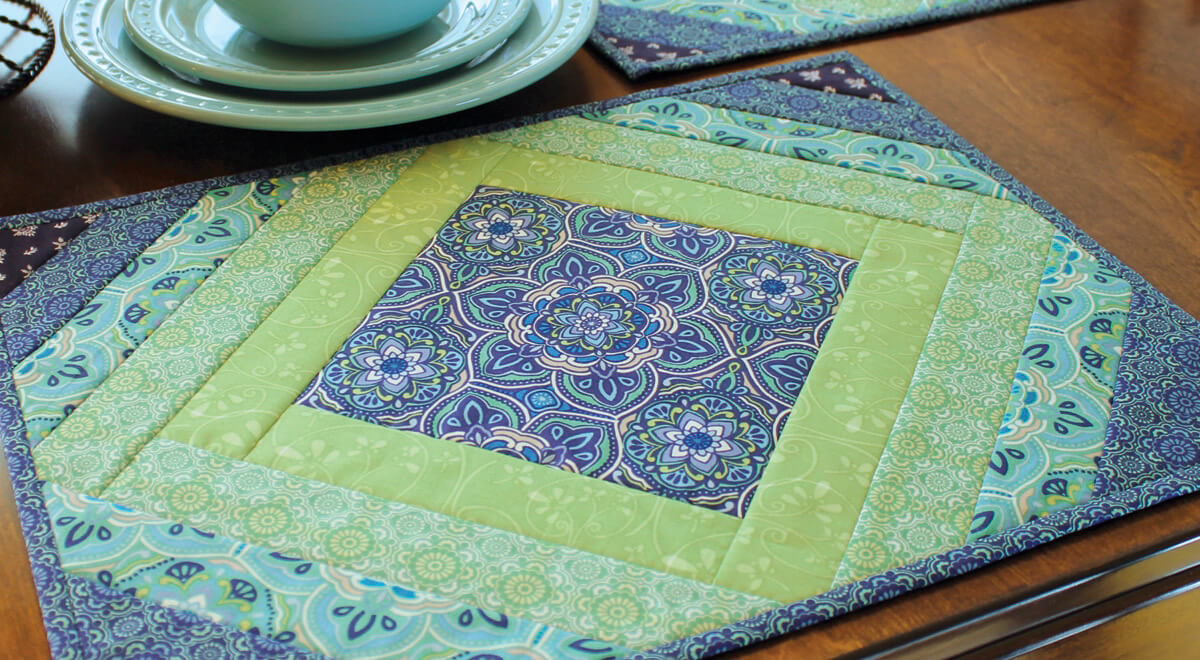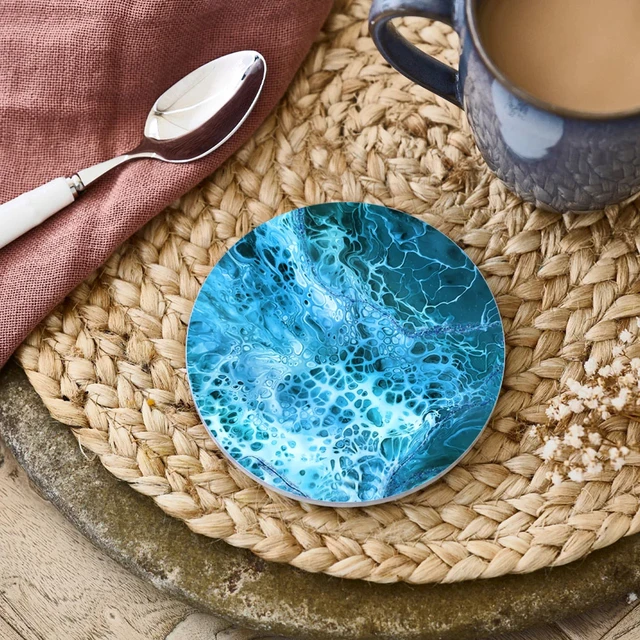Top Guidelines Of Top News Sites
Top Guidelines Of Top News Sites
Blog Article
What Does Unique Art Do?
Table of ContentsThe Main Principles Of Unique Art The Main Principles Of Unique Art Excitement About Unique ArtThe Basic Principles Of Unique Art Excitement About Unique Art
While one might discuss which art type holds priority, the reality stays that each of these seven kinds provides a distinct home window right into human history, society, and advancement. Unique Art. They are the tapestries that chronicle our journey, advising us of our past while inspiring visions for the future
3 Emil DervishIn this entranceway by Emil Dervish that beautiful cobalt blue door swipes the program. To bring even much more drama, he expanded the paint. to the doorframe and the wall surface up, ending up in a curved shape (Unique Art). The curves, together with a round sconce, soften the edges. Frameworks vintage posters and maps of precious locations set the scene.
Unique Art Can Be Fun For Everyone
8 TRIA GIOVANEqual parts grand and laidback, this entrance hall made by Anthony Baratta is the best plan to follow if you're enhancing a formal entrance that still really feels unfussy and comfortable. Formed textiles take spotlight (see the carpetings and the couch), yet they additionally aid bring the high ceilings to a human range when hung over wallpaper.
18 Heidi Caillier DesignA gallery wall surface does not require to take up the whole area. Sometimes a tiny one can make a bigger style statement. In this living room, Hiedi Caillier decided for micro-mini frames and an arbitrary structure.
, the expression of ideas and emotions, with the production of specific visual qualities, in a two-dimensional visual language. The aspects of this languageits forms, lines, colours, tones, and texturesare utilized in numerous means to create experiences of quantity, area, movement, and light on a flat surface. These elements are integrated right into expressive patterns in order to represent genuine or superordinary sensations, to translate a narrative theme, or to create wholly abstract aesthetic connections.
Later the idea of the "great musician" developed in Asia and Renaissance Europe. During the 19th century painters in Western societies began to shed their social position and secure patronage.
An Unbiased View of Unique Art
Others earned a revenue with visiting exhibits of their job. The requirement to appeal to a market had replaced the similar (if less impersonal) needs of patronage, and its more helpful hints result on the art itself was most likely similar. Generally, artists in the 20th century can get to a target market only with industrial galleries and public museums, although their job might have been periodically recreated in art periodicals.

Don't replicate the style of various other artists if you're looking for your style. Copying other individuals's art work can be excellent in educational objectives but it will not make you closer to locating your own one-of-a-kind style. Your artistic style has to be, what you such as and what motivates you.
The Main Principles Of Unique Art
I would believe of your own style as a style you paint in normally, when you let go of all thoughts and guidelines and just concentrate on paint, not thinking of it. The design needs to come naturally to you when you are kicked back visit their website and you can not force it or it won't be your own design, simply a person else's.
You need to try lots of different options and discover whatever before you can concentrate on one certain design or you'll be burnt out, or worse, you'll dislike your own design. I suggest you to attempt every solitary topic that you're interested in, explore as much as you can. Try different tools that thrill you have a peek at this site and new methods you've never tried before.
With time you'll have the ability to sort every one of them right into your favored and the very least favored groups. Try to focus your attention on the subjects and tools that you like and prior to you see it coming you'll have your very own individual and special style, like nobody else have! In the end you'll have a few favored subjects to repaint and perhaps a few favored mediums.
All About Unique Art
The style needs to create itself over time with a great deal of technique and experiments. Thank you for reviewing this message and if you have any concerns leave them in the remarks below, I would certainly enjoy to address these.
Report this page